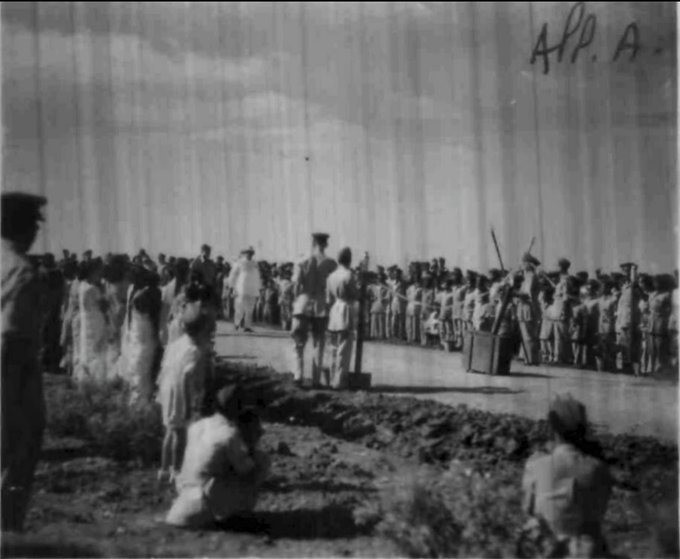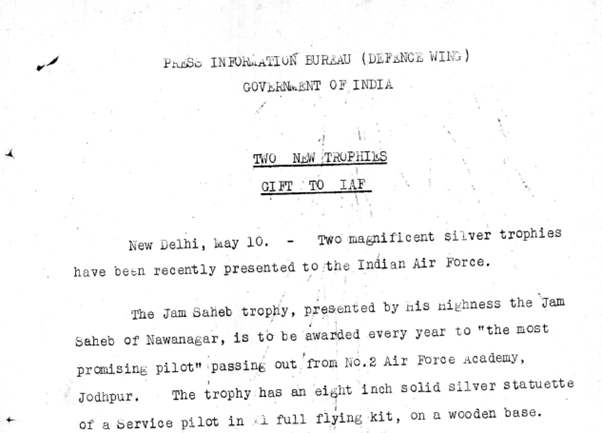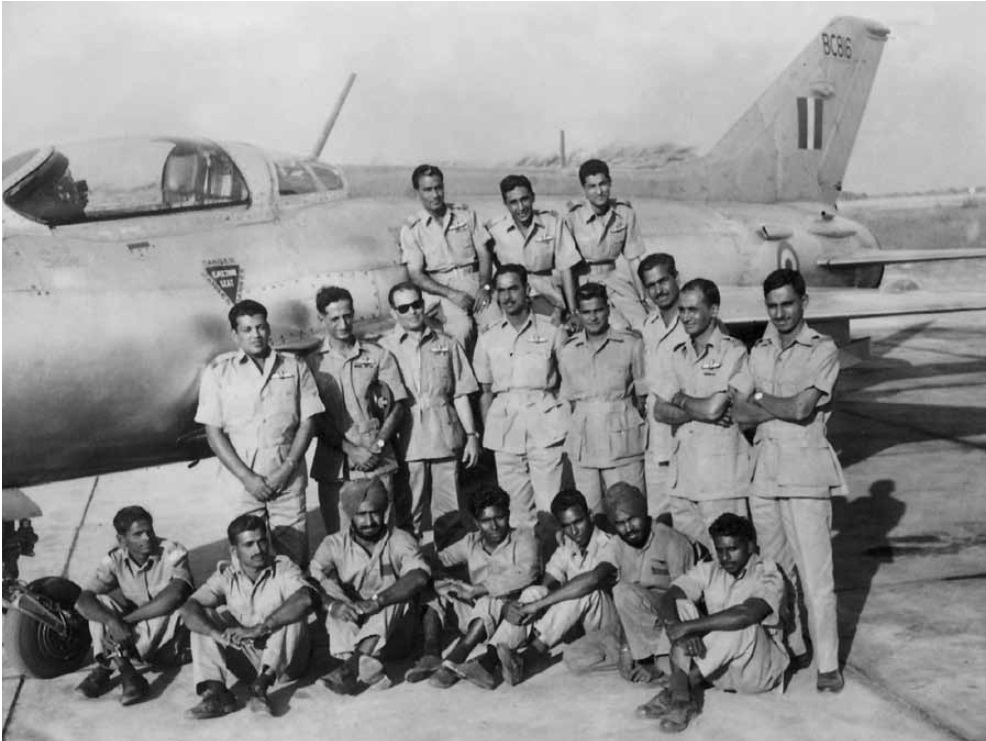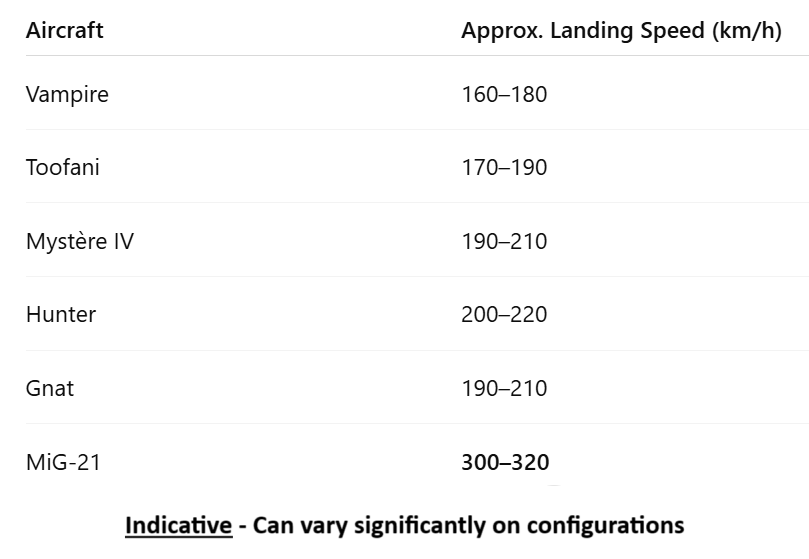Trivia: The two Chiefs who led the @IAF_MCC during the 1960s demitted the office of the Chief nearly 4 to 6 months prior to the official retirement date, proceeding on leave. This oddity was not repeated but remains a mystery. This thread is a brief exploration. #IAFHistory (1/6) 

Aspy Engineer relinquished office 4 months prior to his retirement. Born on 15 Dec 1912, he had time till 30 Nov 1964 to serve till the age of 52 as was the prevalent policy for a Chief (in the rank of Air Marshal. Air Chief marshal rank was created later). 2/ 

Aspy continued to though hold the Honorary A.D.C (Air) to the President post all the way to his retirement date. Aspy had served as Chief for 3 yrs, 8 months and even the "Max of 4 years in an Air Rank" rule of that time was not the hurdle. Arjan Singh was just 47 and had time.3/ 

Fast forward to 1969, Arjan Singh demitted office to PC Lal on 15 July 1969. He had served in the rank of Air Chief Marshal for 3.5 years and had been Chief for nearly 5 years. He was a little over 50 years old at that stage (born 15 Apr 1919). 4/ 

Arjan Singh's retirement date is 6 months later, buried in a gazette. The date itself is perplexing. On 15 Jan 1970, he was 3 mths short of 51 yrs. Thoguht, on that day he completed 4 years in the rank of Air Chief Marshal- possibly an extension not given/sought. 5/ 

Arjan Singh's successor, PC Lal, did not go on leave pending retirement. But his date of retirement remains odd too! Born on 6 Dec 1916, he was just a month over 56 when he retired on 15 Jan 73, nor had he completed 4 years in the Air Rank... (6/6)
• • •
Missing some Tweet in this thread? You can try to
force a refresh





















